Um Prédio Vazio, Para Um Conjunto De Ideias 💡 💡 💡 Vazias.
Um prédio vazio, para um conjunto de ideias 💡 💡 💡 vazias.



French Communist Party Headquarter
Architect Oscar Niemeyer
More Posts from Lokarprincipal and Others
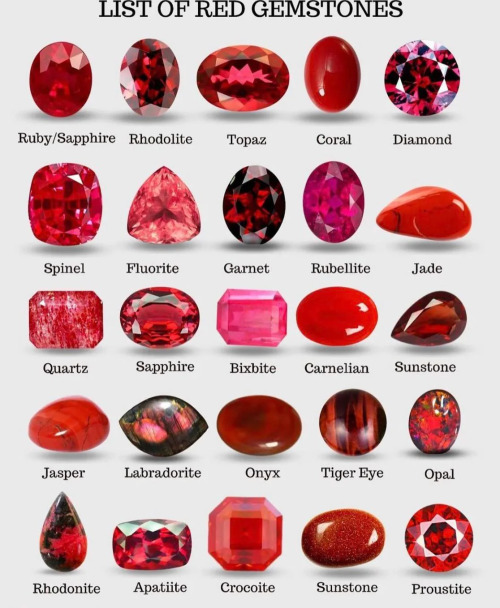

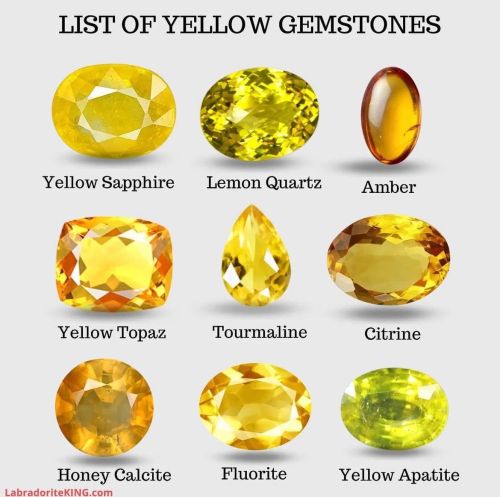
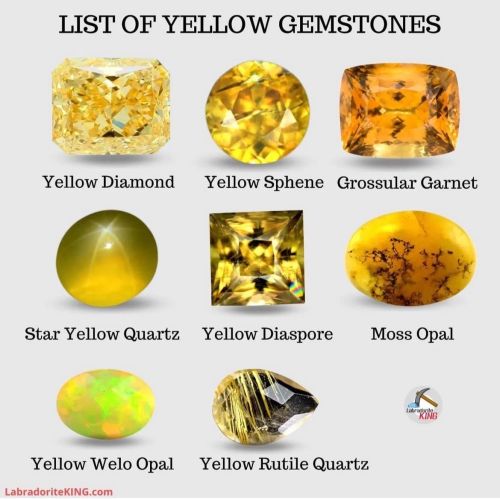
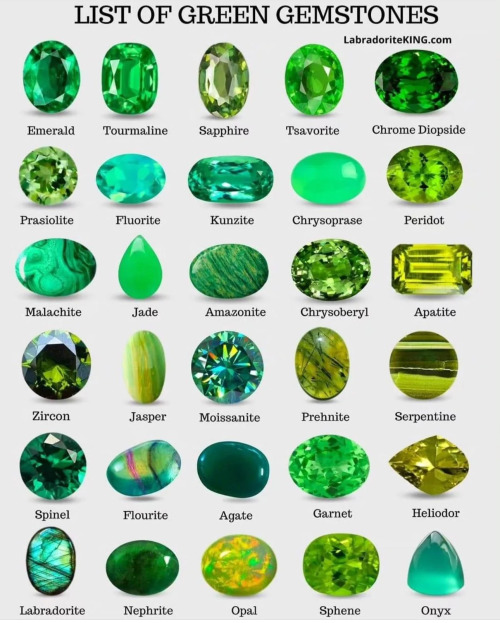
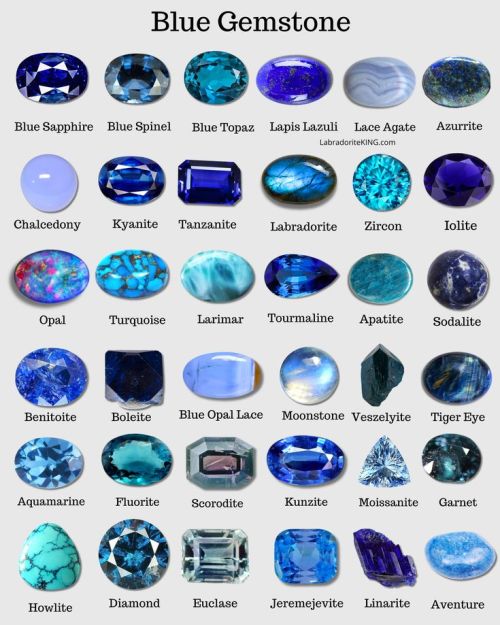
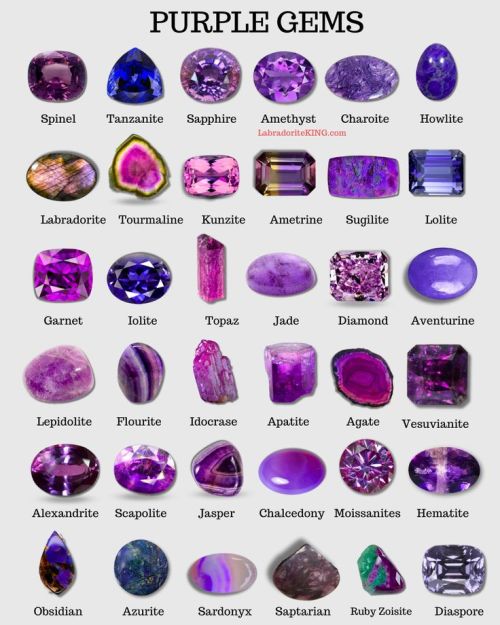

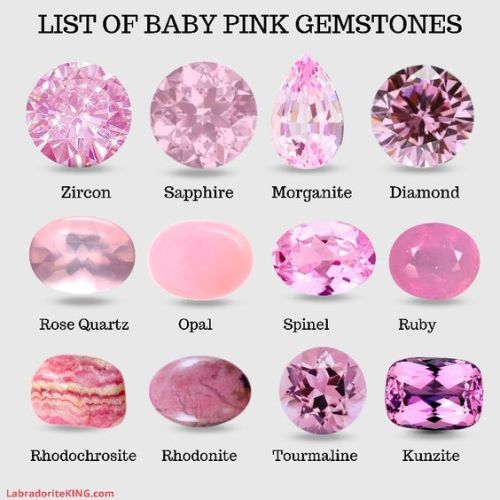
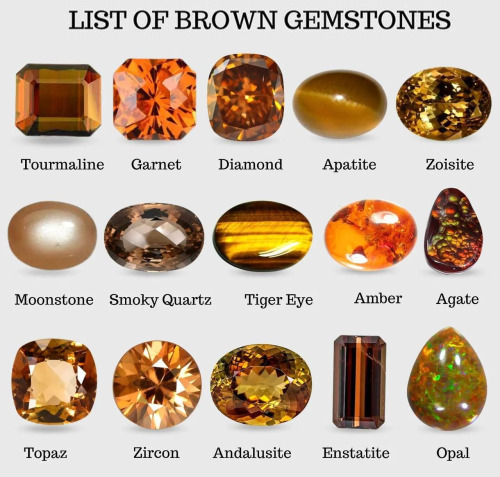
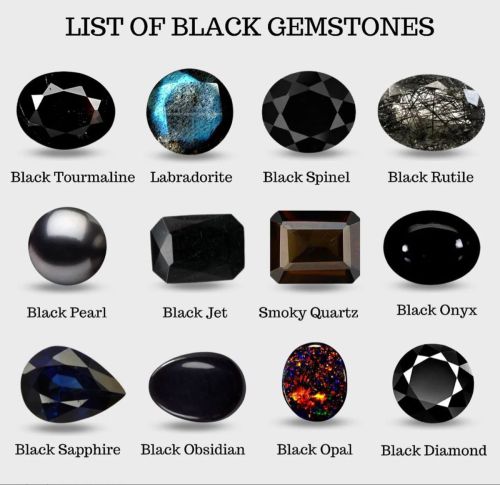
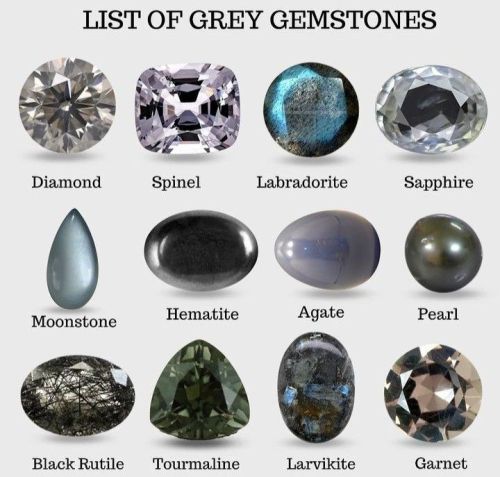
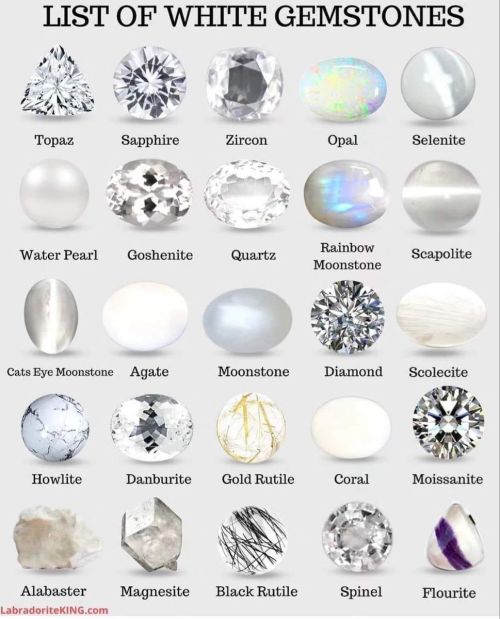
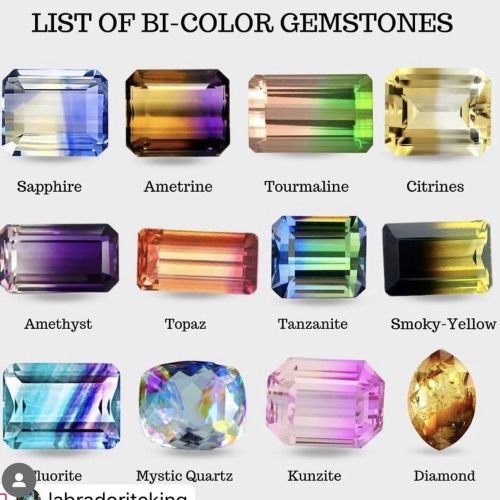
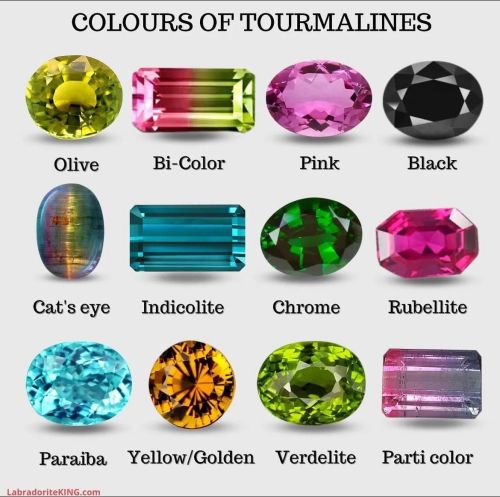
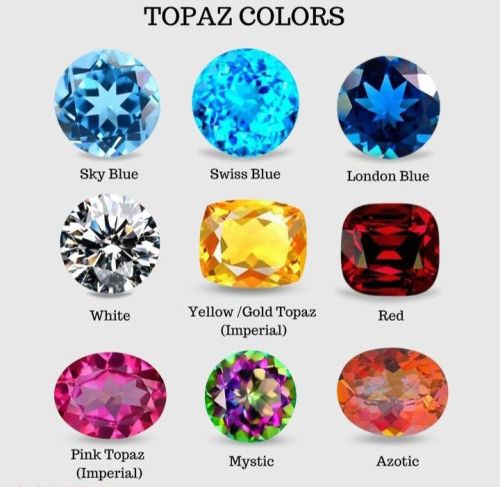
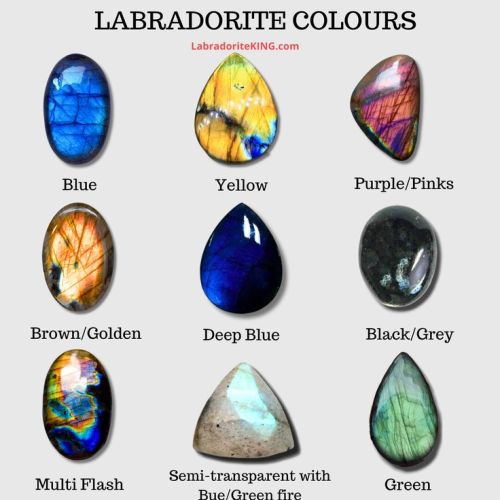
By LabradoriteKing on Pinterest
Ela é linda e provocadora.



Diane Guerrero is an American actress and author. She is known for her roles as inmate Maritza Ramos on the Netflix series Orange Is the New Black and Lina on Jane the Virgin. Guerrero grew up in Boston and remained there after the rest of her family was deported to Colombia. She is an advocate for immigration reform
Ótima frase motivacional.

Isso me surpreendeu de verdade.
Esse é o meu estado mental.

Introduction to several common antenna for wireless communications
Antennas are crucial for wireless modules. Suitable antennas can optimize the communication network and increase the range and reliability of communication. The selection of antennas has a great impact on the data communication of final module . An inappropriate antenna will lead to a decrease in communication quality. For different market applications, the material, placement method, and performance of the antenna are also very different. The following is a brief example of several antennas from NiceRF Company。

Rod Antenna: The rod antenna is a common form of antenna. Its principle is based on placing a conductor rod in a magnetic field to achieve signal reception and transmission. It is widely used in wireless communication systems.
Sucker Antenna
The sucker antenna, also known as a suction antenna or suction antenna scanner, is a special type of antenna. It typically consists of a suction cup and an antenna, where the suction cup can secure the antenna to an object or surface, thereby achieving better signal reception and transmission.
PCB Antenna
PCB antenna is an antenna form directly printed on a PCB (Printed Circuit Board). This type of antenna plays an increasingly important role in modern wireless communication devices, especially in mobile devices, IoT devices, and wireless sensor networks. Due to its compact size, lightweight, and low cost, it has been widely used.
FPC Antenna
FPC (Flexible Printed Circuit) antenna is a flexible antenna made of flexible materials, suitable for scenarios where the antenna needs to bend or conform to specific shapes. Its advantages include high flexibility, the ability to conform to different surface shapes, and it is often used in devices with special shape requirements, such as wearable devices or uniquely shaped sensors.
Spring Antenna
The spring antenna is a type of helical antenna. Its primary function is to radiate and receive radio waves. Due to its low cost, small size, ease of installation, good VSWR (Voltage Standing Wave Ratio) performance, resistance to vibration and aging, the spring antenna is increasingly used in the field of radio communication.
Yagi Antenna
The Yagi antenna consists of an active element (usually a folded dipole), a passive reflector, and several passive directors arranged in parallel. Invented in the 1920s by Hidetsugu Yagi and Shintaro Uda of Tohoku University in Japan, it is known as the "Yagi-Uda antenna" or simply "Yagi antenna."
IPEX Antenna
IPEX antenna is a new high-performance antenna with high gain and frequency response. It can achieve optimal performance in different frequency bands and environments, including both indoor and outdoor settings. The IPEX antenna is widely used in mobile communications, smart homes, the Internet of Things (IoT), and vehicle networking.
GPS Antenna
GPS antenna is used to receive satellite signals for positioning or navigation. Receiving these signals requires antenna. GPS satellite signals are divided into L1 and L2, with frequencies of 1575.42 MHz and 1228 MHz, respectively. L1 is an open civilian signal with circular polarization and a signal strength of around -166 dBW, which is relatively weak. These characteristics necessitate a specialized antenna for receiving GPS signals.

Antenna Usage Considerations: The following principles should be followed when using the antenna to ensure the best communication distance of the module: 1.Avoid placing the antenna close to the ground , and keep it away from obstacles as far as possible. 2.If using sucker antenna, try to keep the lead wire straight and ensure the suction cup base is attached to a metal surface.
For details, please click:https://www.nicerf.com/products/ Or click:https://nicerf.en.alibaba.com/productlist.html?spm=a2700.shop_index.88.4.1fec2b006JKUsd For consultation, please contact NiceRF (Email: sales@nicerf.com).
Lembranças da minha infância.


1985
The nature is perfect.

Oh man!!!

Bom.
“I CAN’T REMEMBER WHAT I READ”
Let’s face it, we’ve all been there. Hours of “passive” reading and you feel like you’re good to go until you’re sitting in that test not being able to recall anything. Here are some tips to you out help you with that.
Take notes. Duh.
Not only will this make you more alert while reading, you’re more likely to remember stuff if it’s in your own words. This is time consuming but note taking is honestly the best. AND REMEMBER, they don’t have to pretty or look a certain way, they’re YOUR notes and so you should be able to read them and comprehend them, so make sure you keep that in mind. They also don’t have to be conventional bullet point notes, you can write a paragraph, make a mind map or draw a diagram. Literally anything goes.
Quiz yourself
And you can do this in two ways, most textbooks have a “workbook” or an MCQ book or a self assessment book under the same name, so just get that book and after you’re done with a chapter quiz yourself on it. If you can’t do that then after each paragraph cover it with your hands and recall the important points or what exactly this paragraph was about, a better thing to do is to write a little summary which you can go over later. You’re very likely to make mistakes here so don’t be discouraged, your mind learns by making mistakes.
Visualize
This applies to more skill oriented textbooks rather than basic theoretical stuff, but I’ll try to explain it as best I can. For example, if I’m studying surgery, a certain procedure is written down in the book, instead of just memorizing and making sure I know the steps I visualize it, and this consolidates the idea in my head and makes it very easy to recall. Same thing can be applied to self help books, like if it has tips on your posture or communication skills or whatever, visualize that. You’ll definitely remember it. So if this method is applicable to whatever you’re studying (or reading, this post isn’t necessarily about studying exclusively) definitely try it.
Color code
Very basic but can be very effective. This video explains what I try to do very well. I study medicine so for me, I highlight the etiology/pathogenesis of the disease in blue, clinical picture in pink, investigations in purple and treatment in orange. so whatever you’re doing, set up a color code and highlight away!
Discuss the book or explain it to others
I also mentioned this in my how to study smarter post, but this is how you retain the most information. If you have no one to do this with then pretend you’re explaining it to someone. So kinda like quizzing yourself but out loud. I know I’ve said this before but study groups are godsend. Definitely take advantage of them if that’s possible.
Know why you’re reading this book and what you want out of it.
Also know what you’re reading. We tend to get overwhelmed by the little details and literally get “lost” in the book. Have some clear objectives before you read, these can be found in your course guide in college or syllabus or whatever, write those down on a piece of paper and make sure you’ve fulfilled everything and the things you feel like aren’t as important just skim through. So this is like two points in one, prioritize the information you must know and don’t exert as much effort in the things that are nice to know but won’t do you any harm if you don’t know them. Finish the basic stuff first and then progress.
STOP when you’re burnt out
I have a whole post on this, but obviously you’re a human being and you need your rest.
-
 knivestoafistfight liked this · 2 weeks ago
knivestoafistfight liked this · 2 weeks ago -
 supplement-serie liked this · 2 weeks ago
supplement-serie liked this · 2 weeks ago -
 iamsolamazing liked this · 3 weeks ago
iamsolamazing liked this · 3 weeks ago -
 zimzou liked this · 1 month ago
zimzou liked this · 1 month ago -
 dst4518upale65cr reblogged this · 1 month ago
dst4518upale65cr reblogged this · 1 month ago -
 kafka3007 liked this · 1 month ago
kafka3007 liked this · 1 month ago -
 valtarri reblogged this · 1 month ago
valtarri reblogged this · 1 month ago -
 blakyoo reblogged this · 1 month ago
blakyoo reblogged this · 1 month ago -
 blakyoo liked this · 1 month ago
blakyoo liked this · 1 month ago -
 royallizalfos reblogged this · 1 month ago
royallizalfos reblogged this · 1 month ago -
 royallizalfos liked this · 1 month ago
royallizalfos liked this · 1 month ago -
 kingedwardsapphires liked this · 1 month ago
kingedwardsapphires liked this · 1 month ago -
 lunecrypt reblogged this · 1 month ago
lunecrypt reblogged this · 1 month ago -
 youmight-know reblogged this · 1 month ago
youmight-know reblogged this · 1 month ago -
 navybrownie liked this · 1 month ago
navybrownie liked this · 1 month ago -
 rainy-graves reblogged this · 1 month ago
rainy-graves reblogged this · 1 month ago -
 meret-aten reblogged this · 1 month ago
meret-aten reblogged this · 1 month ago -
 guavagyal reblogged this · 1 month ago
guavagyal reblogged this · 1 month ago -
 ulgorka reblogged this · 1 month ago
ulgorka reblogged this · 1 month ago -
 blvckking reblogged this · 2 months ago
blvckking reblogged this · 2 months ago -
 peach-clementines liked this · 2 months ago
peach-clementines liked this · 2 months ago -
 bleuutopie liked this · 2 months ago
bleuutopie liked this · 2 months ago -
 blueiscoool liked this · 2 months ago
blueiscoool liked this · 2 months ago -
 claire-s liked this · 2 months ago
claire-s liked this · 2 months ago -
 devaneiosperigosos reblogged this · 2 months ago
devaneiosperigosos reblogged this · 2 months ago -
 devaneiosperigosos liked this · 2 months ago
devaneiosperigosos liked this · 2 months ago -
 rodolfo9999 liked this · 2 months ago
rodolfo9999 liked this · 2 months ago -
 433x reblogged this · 2 months ago
433x reblogged this · 2 months ago -
 433x liked this · 2 months ago
433x liked this · 2 months ago -
 kanyarkatmaty liked this · 2 months ago
kanyarkatmaty liked this · 2 months ago -
 timetravelphotobooth reblogged this · 2 months ago
timetravelphotobooth reblogged this · 2 months ago -
 sunazuri liked this · 2 months ago
sunazuri liked this · 2 months ago -
 ulgorka reblogged this · 3 months ago
ulgorka reblogged this · 3 months ago -
 guapdadd liked this · 3 months ago
guapdadd liked this · 3 months ago -
 youmeandrew liked this · 3 months ago
youmeandrew liked this · 3 months ago -
 iwearmysunglassesintheshower liked this · 3 months ago
iwearmysunglassesintheshower liked this · 3 months ago -
 vvhatifhumanshadtails liked this · 3 months ago
vvhatifhumanshadtails liked this · 3 months ago -
 afvs liked this · 3 months ago
afvs liked this · 3 months ago -
 aylmergrapes liked this · 3 months ago
aylmergrapes liked this · 3 months ago -
 argonraptor liked this · 3 months ago
argonraptor liked this · 3 months ago -
 who4nn liked this · 3 months ago
who4nn liked this · 3 months ago -
 lordrahlprotects liked this · 3 months ago
lordrahlprotects liked this · 3 months ago -
 marxzsoul liked this · 3 months ago
marxzsoul liked this · 3 months ago -
 whyyousoshiny liked this · 3 months ago
whyyousoshiny liked this · 3 months ago -
 butterdudeman liked this · 3 months ago
butterdudeman liked this · 3 months ago -
 wormholeprophet liked this · 3 months ago
wormholeprophet liked this · 3 months ago -
 wormholeprophet reblogged this · 3 months ago
wormholeprophet reblogged this · 3 months ago -
 thehimbodiaries reblogged this · 3 months ago
thehimbodiaries reblogged this · 3 months ago